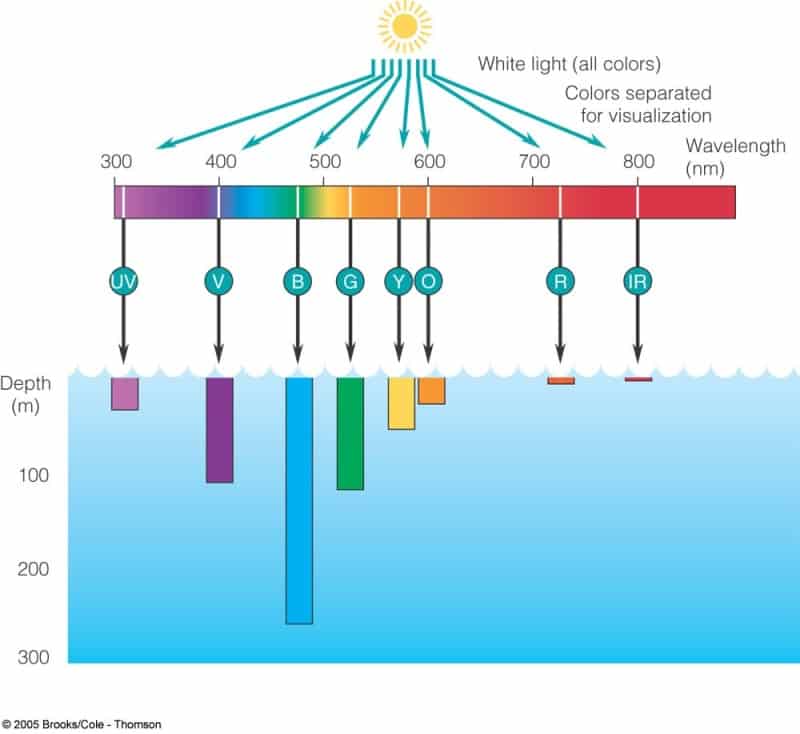


EFFECT OF EXPOSURE TO LIGHT ON ENZYME ACTIVITIES and TRYPTOPHAN METABOLITES OF THE KYNURENINE PATHWAY IN WISTAR, IN HETEROZYGOUS and HOMOZYGOUS ADULT and NEWBORN GUNN RATS
G. Allegri 1 , C. Costa 1 , A. De Antoni 1 , F. Baccichetti 1 , S. Vanzan 1 F. F. Rubaltelli*
1 Istituto di Chimica Farmaceutica-Centro di Studio sulla Chimica del Farmaco e dei Prodotti Biologicamente Attivi del CNR e *Istituto di Clinica Pediatrica, Universita di Padova, 35100 Padova, Italy
Istituto di Chimica Farmaceutica e Tosstcologica, Via Marzolo 5, Universita, 35100 Padova, Italy.
Copyright 1982 American Society for Photobiology
ABSTRACT
Abstract: The purpose of this study was to determine the influence of phototherapy used in the treatment of hyperbilirubinemia in infants, on tryptophan metabolism and on enzyme activities involved along the kynurenine pathway in Wistar, icteric homozygous and nonicteric heterozygous Gunn rats after an intraperitoneal loading of 1.0 g/kg body weight L-tryptophan before and after exposure to visible light. The total mean 24-h excretion of the tryptophan metabolites in the groups of the Wistar and heterozygous Gunn rats was higher in females than in males and higher than in homozygous groups before phototherapy. Only after exposure to light did the groups of Wistar and heterozygous Gunn rats of both sexes show a decrease in the total excretion of the metabolites. The activities of tryptophan pyrrolase and kynureninase in liver and kynurenine aminotransferase in liver and kidneys were assayed in each group of rats. Male and female Wistar and heterozygous Gunn rats showed a higher activity of tryptophan pyrrolase than the groups of homozygotes in agreement with the data of the metabolites excreted. No difference in enzyme activities was found between the groups of heterozygous and homozygous neonates before and after phototherapy. Phototherapy did not seem to influence these enzyme activities.
kynurenin serotonin light 370 nm

!{width:518px;height:281
Absorption in Water



Role of Bacteriorhodopsin

It looks like chlorophyll takes the part of the spectrum that bacteriorhodopsin doesn't take. Bacteriorhodopsin is a purple pigment that resembles the light-sensitive pigment in our eyes.
Current understanding is that the earliest photosynthetic organisms were aquatic bacteria, some of which are still around today. One of these, halobacterium halobium, grows in extremely salty water. It makes use of the bacteriorhodopsin pigment. The chlorophyll system developed to use the available light, as if it developed in strata below the purple bacteria and had to use what it could get.
But what about the development of land plants? Why did they stay green? The thoughts are that they had plenty of light and were not pressured to develop more efficient light gathering. That is, the light was not the limiting resource in photosynthesis for plants.
